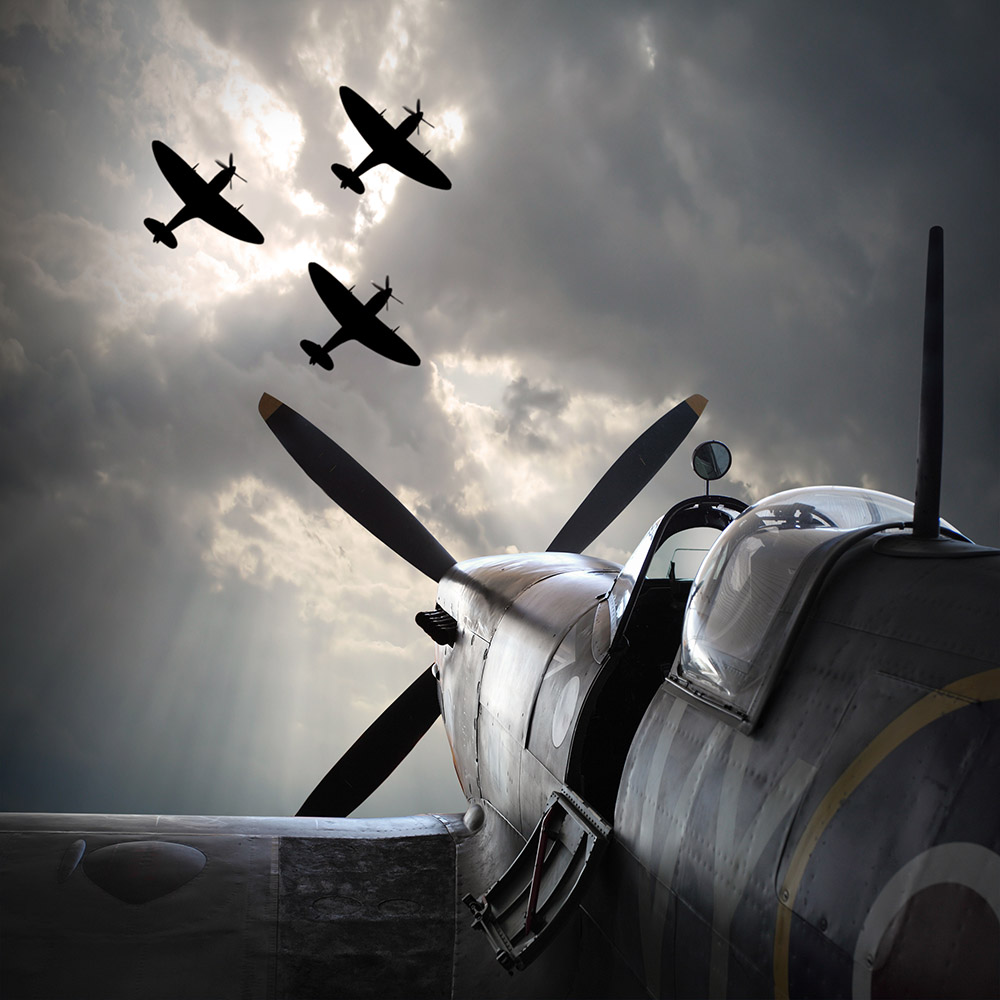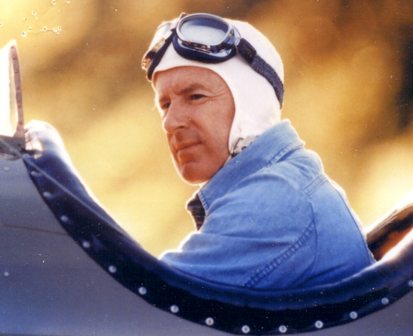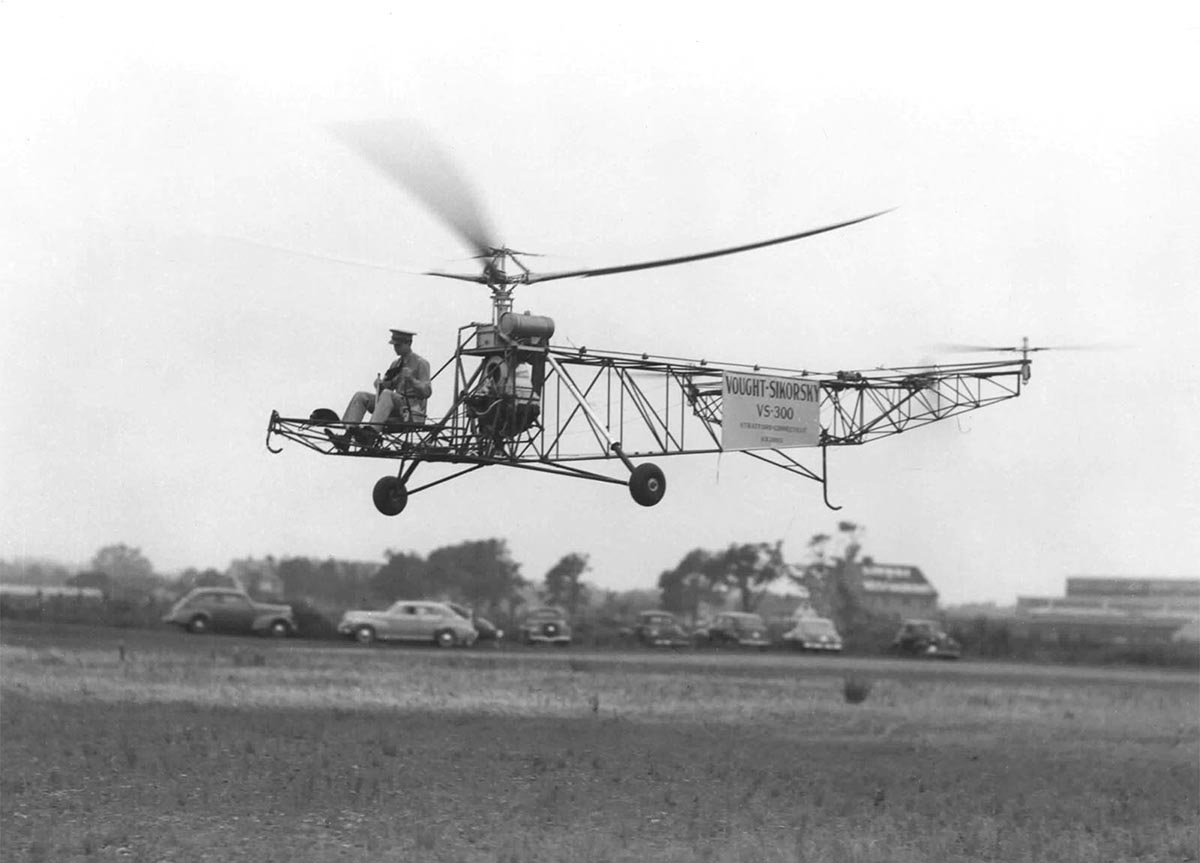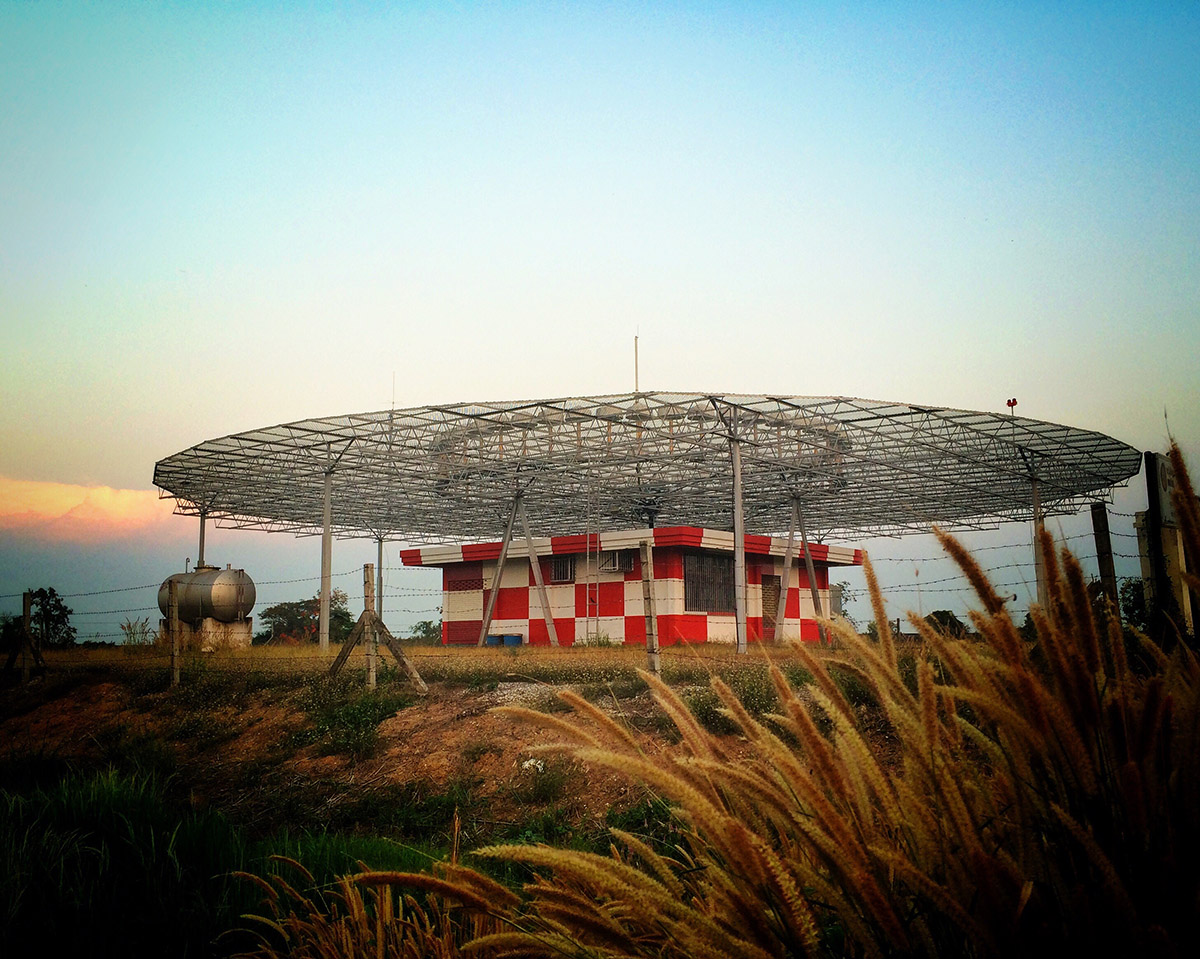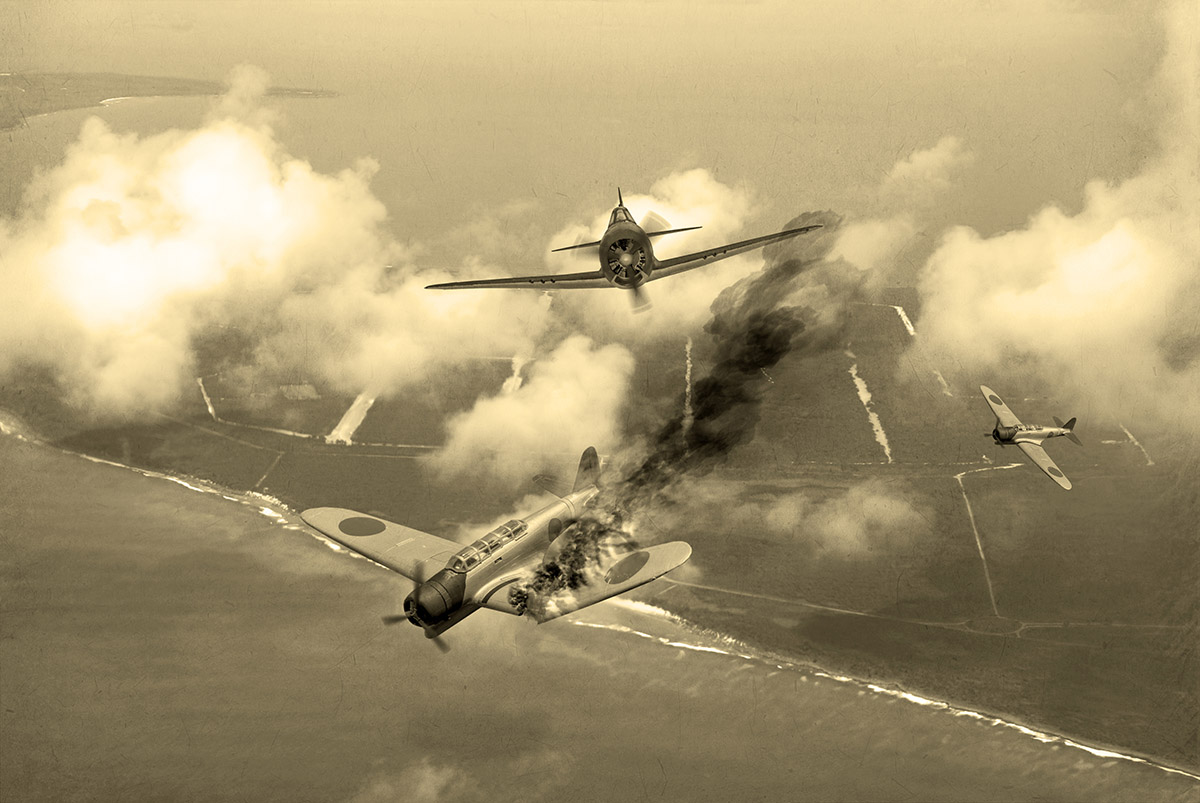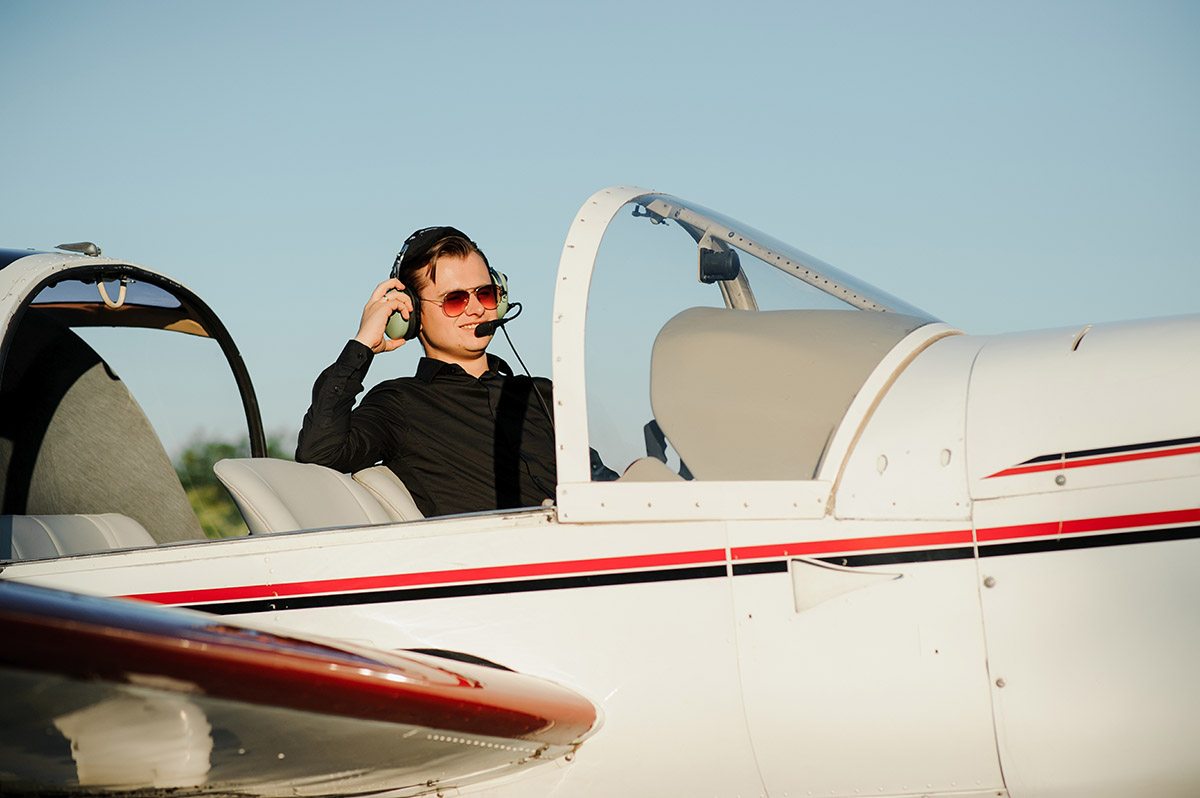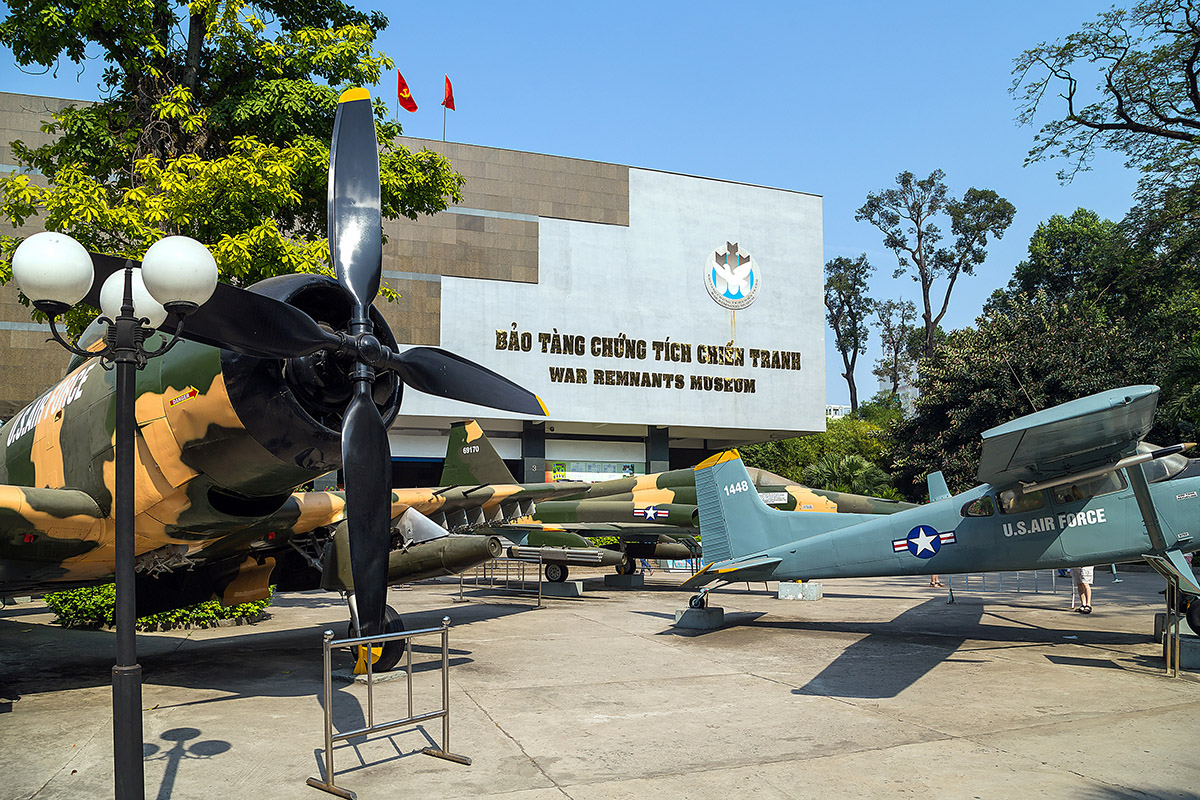In the backdrop of World War II, American WW2 aircraft provided the Allies with a great advantage in their combat against Nazi Germany and Imperial Japan. These machines symbolized America’s superior industrial prowess and strong presence during wartime.
With abundant resources at its disposal, including cutting-edge factories and top military engineers, the nation produced many “soaring eagles” that dominated the skies. If you want to know more about these legendary aircraft, keep reading!
In this article:
Top 13 Best WW2 Fighter Planes
The US Army Air Forces used a range of powerful aircraft, such as the Grumman F6F Hellcat, Boeing B-29 Superfortress, and North American B-25 Mitchell, for dogfights during WW2. The Brewster F2A Buffalo, Curtiss P-40 Warhawk, and Douglas SBD-6 Dauntless were also utilized for other useful purposes.
1. Brewster F2A Buffalo
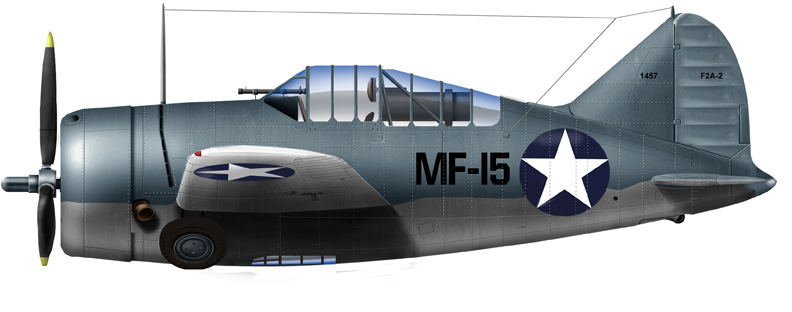
The Brewster F2A Buffalo was a WW2 US fighter plane introduced during the early stages of World War II. However, it did not gain much popularity and became obsolete when the United States entered the war. Approximately 500 planes were dispatched to the Pacific, yet most did not participate in air combat service.
Due to its instability and bulky design, this model lacked advantages compared to Japanese aircraft like the Mitsubishi A6M Zero. As a result, the Buffalo was adapted for naval service by being equipped with an arresting hook for carrying aircraft.
With the immense scale of WW2, the widespread deployment of the F2A is not surprising. However, it is truly astonishing that Finland employed it against the Soviet Air Force, an American ally, during the Continuation War (1941-1944).
2. Curtiss P-40 Warhawk
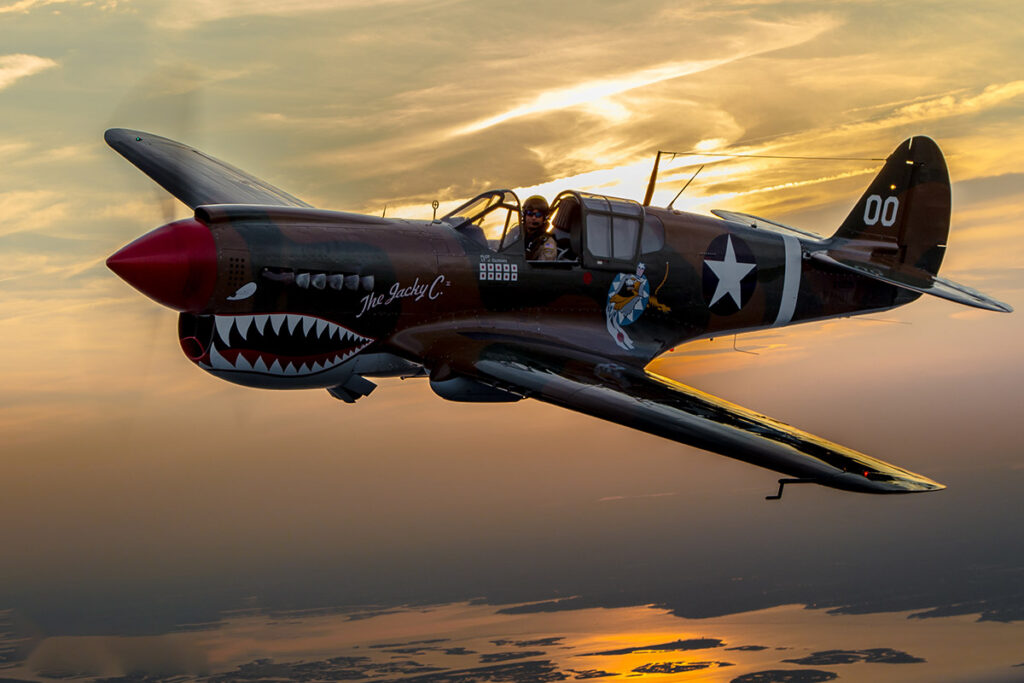
The P-40 arrived as a modified version of the P-36 models aimed at expediting production. It was a familiar companion to American pilots even before the outbreak of World War II. The model saw action with the American Volunteer Group, or Flying Tigers, supporting China in their flight against Japan before the US entered WW2.
Despite being designed for ground attacks, the P-40 got an edge in aerial missions. It could inflict significant damage upon the enemy even while sustaining heavy damage.
However, due to its weaker firepower when pitted against German aircraft, the P-40 Warhawk was frequently utilized in areas far from the European battlefields. On a positive note, its low price and superior durability led to the production of almost 14,000 units, continuing to serve the army until 1944.
3. Vought F4U Corsair
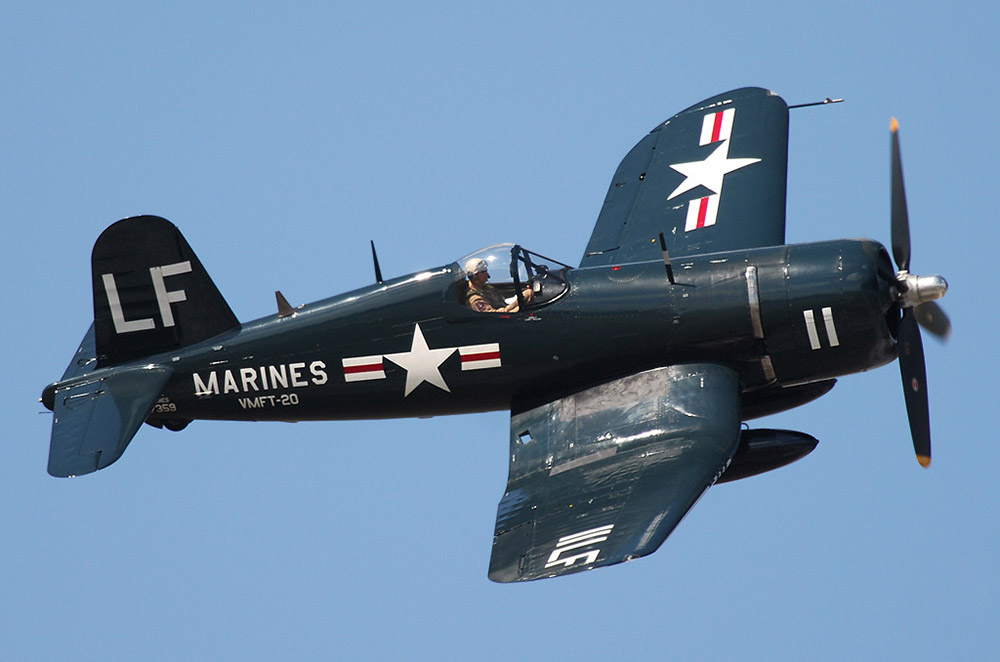
The F4U Corsair, a noteworthy carrier-based aircraft, entered the United States Navy in late 1944. This formidable American WW2 aircraft excelled in bombing raids with an impressive kill ratio of 11:1.
Powered by the largest engine of its time, the 18-cylinder Pratt & Whitney R-2800 Double Wasp, it achieved a cruising speed of 215 mph and a maximum speed of 446 mph. The unique design of folding wings also enhanced its maneuverability and self-defense capabilities.
With its remarkable advantages, the F4U Corsair was considered a reliable companion of Marine Fighter Squadron 214. Under the direction of Major Gregory “Pappy” Boyington, the Corsair shot down 97 enemy aircraft and destroyed another 130 over two six-week courses in the South Pacific. This exceptional accomplishment contributed to its widespread production. Nearly 13,000 units were launched, cementing its iconic status in military aviation.
4. Northrop P-61 Black Widow
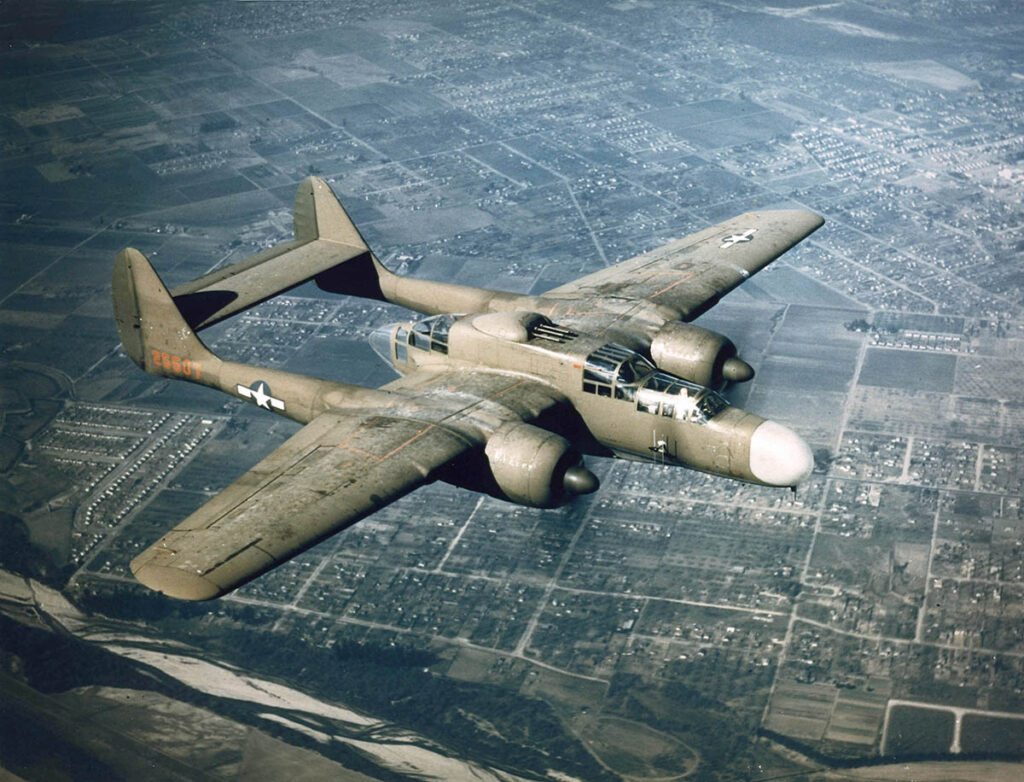
From its inception, the P-61 Black Widow was geared towards night combat. With expensive production costs of about $190,000 per unit, Northrop produces only approximately 700 planes. However, its capabilities made it well worth the investment as its performance went beyond expectations associated with a fighter aircraft.
The P-61 Black Widow features two tails and rudders, enhancing maneuverability when engaging intruders. Its two large engines and powerful accompanying weapons promised fatal attacks on enemies. Four 0.79-inch forward-firing cannons and four 0.5-inch cal machine guns positioned in the fuselage unleashed a relentless barrage of bullets upon its targets.
The roomy cockpit accommodated three crew members, including a pilot, a gunner, and a radar operator. Each member could use machine guns to take down enemies when needed.
5. Lockheed P-38 Lightning
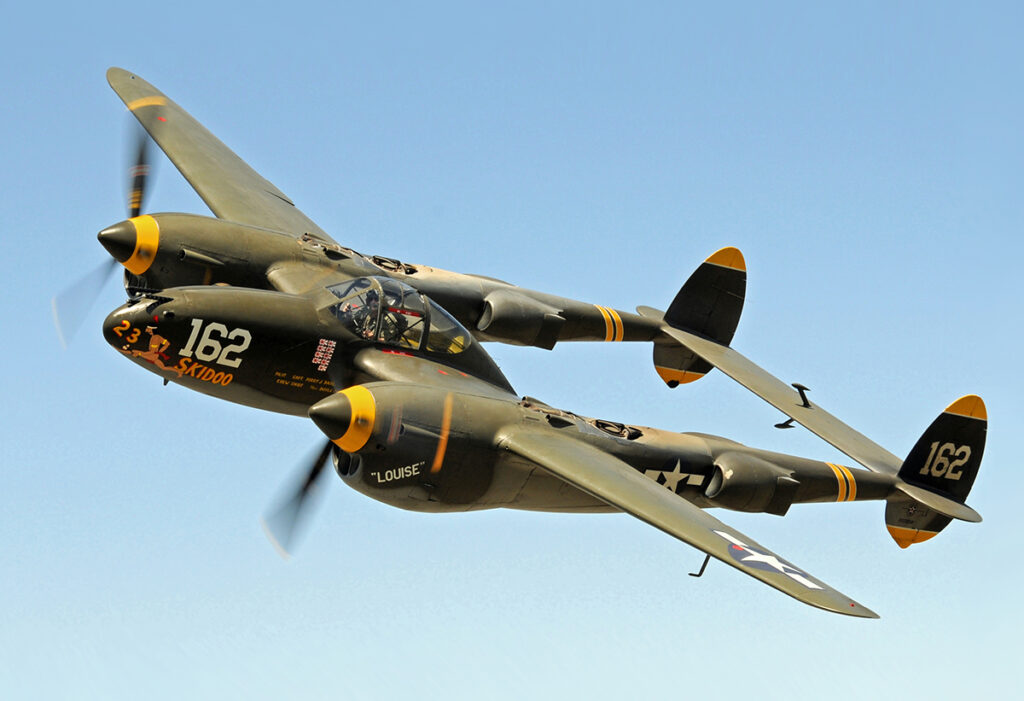
The high production costs of the P-38 Lightning was a major turn-off, but even so, no one could deny its military power. With a 20mm cannon and four .50 caliber machine guns, these machines destroyed more Japanese aircraft than any other fighters flown by the USAAF in World War II.
Its distinctive appearance also set it apart from other fighter jets in the war. The central cockpit was nestled between the two fuselages, and counter-rotating blades were added for enhanced stability. The twin-engine configuration facilitated speeds of up to 414 mph while minimizing the risk of gunfire during attack missions.
Furthermore, its incredible range of 1,300 miles enabled it to serve as both a bomber escort and a reconnaissance aircraft in the Pacific and European airspace.
6. Grumman F6F Hellcat
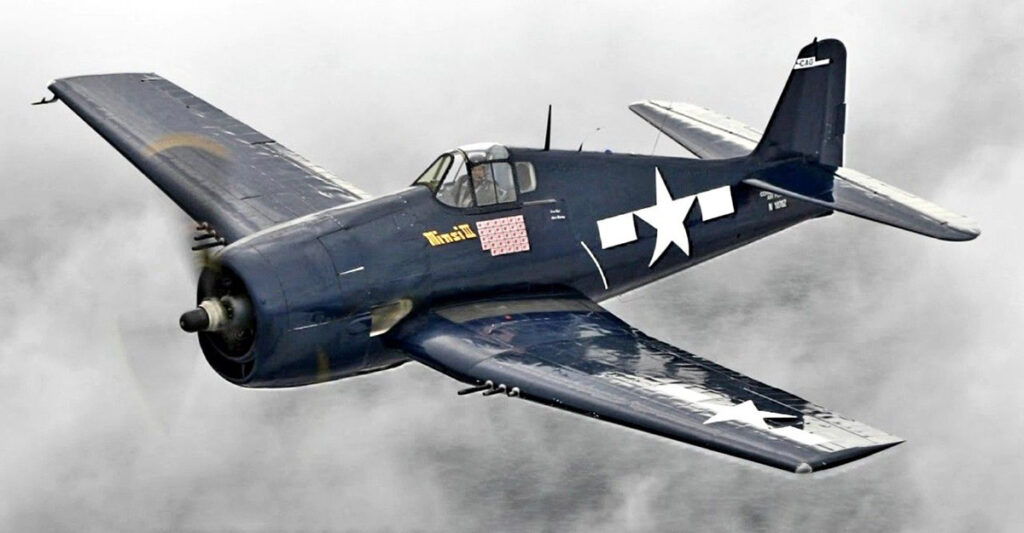
The shortcomings of the F4U Corsair, as mentioned above, necessitated new production requirements. This gave birth to the F6F Hellcat, which quickly rose to fame in 1943. While featuring a similar folding wing design, this model gained the upper hand in landing on aircraft carriers at high speeds and low altitudes.
In fact, the Hellcat was the most successful fighter aircraft in history. Throughout its service with the Army and the U.S. Marine Corps, it decimated over 5,200 enemy planes.
Thanks to its improved weaponry, its kill ratio reached 12:1 (some sources say 13:1) against the Mitsubishi A6M Zero of Japan. The reinforced build allowed it to withstand significant damage, while its swift diving capabilities were sufficient to evade attacks from the A6M Zero.
7. Republic P-47 Thunderbolt
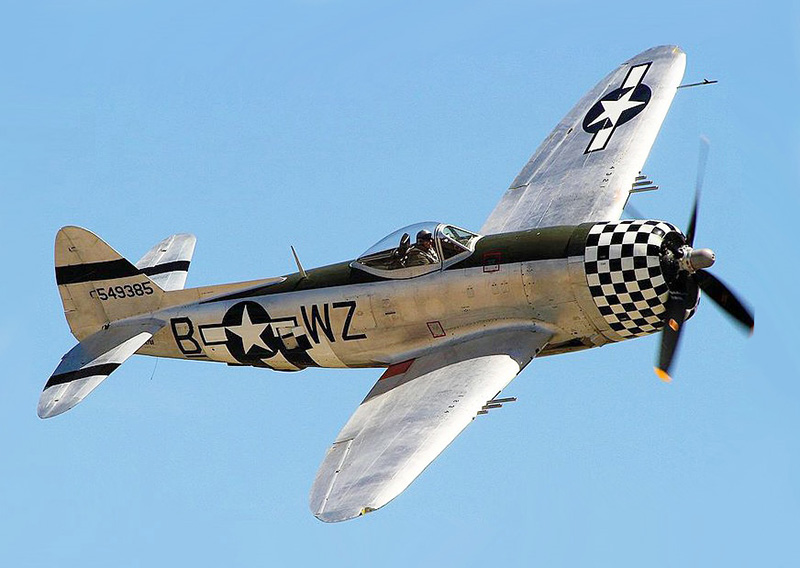
The P-47 Thunderbolt is an expensive ground-based bomber fighter with a price tag of up to $83,000. Apart from its primary role, it gained certain advantages as an escort fighter at high altitudes. Propelled by a Pratt & Whitney R-2800 radial engine, this aircraft could reach a top speed of 426 mph and cover a range of 1,030 miles.
The Thunderbolt was a fearsome force on the Pacific and European battlefield with its formidable firepower. It could be armed with eight .50 caliber machine guns and 5-inch rockets or carry 2,500 pounds of bombs. The armored cockpit ensured excellent damage resistance.
In World War II, the Thunderbolt helped the USAAF aces attain great points and wreak havoc on the enemy. It contributed significantly to the collapse of the transport system of the Third Reich, ultimately contributing to the total defeat of the Nazis.
8. North American P-51 Mustang
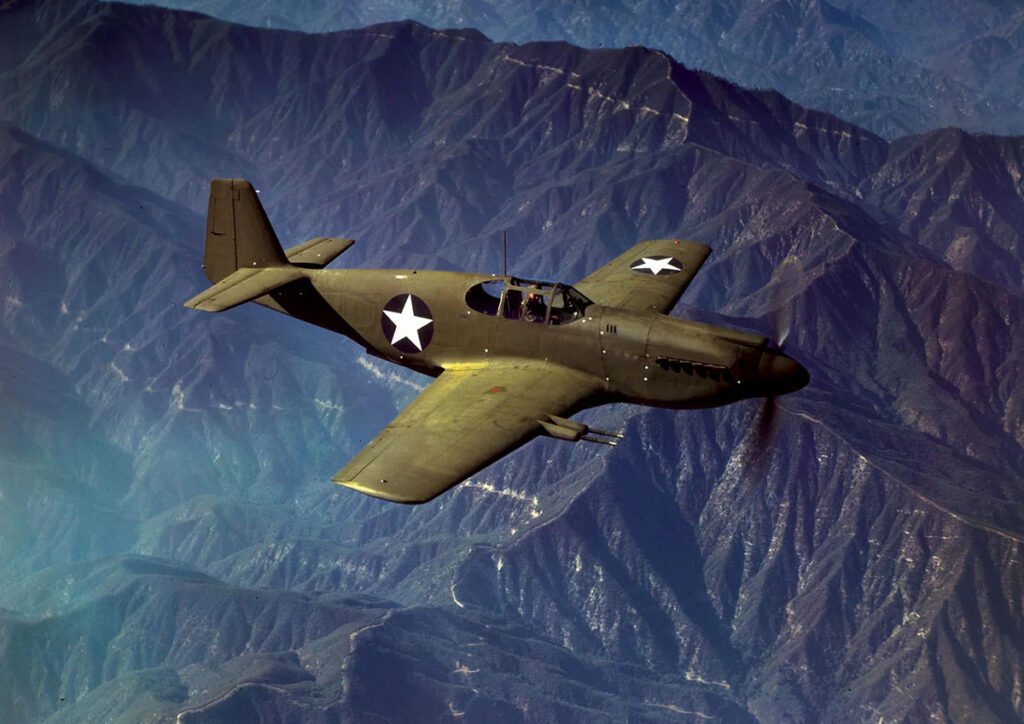
During World War II, the P-51 Mustangs were hailed as the epitome of speed, firepower, and maneuverability. North American Aviation had produced over 15,000 units of this model since 1942, but it was the British-modified models that caught the eye of the United States Army Air Force.
The state-of-the-art engine, Rolls-Royce Merlin, boosted its horsepower from 1,200 to 1,620 HP. This leap in power also raised the maximum speed to 440 mph, approximately 50 mph faster than the original version. Furthermore, the P-51 Mustang was renowned as the finest long-range WW2 US fighter plane. As a result, it became a reliable escort for Boeing B-29 Superfortness bombers on long-range strike missions from the Pacific theater to Japan
Nevertheless, the cooling system was considered a critical pain point of the Mustang. Its radiators, tubing, and coolant jacket are more prone to damage than P-47 models.
9. Boeing B-29 Superfortress
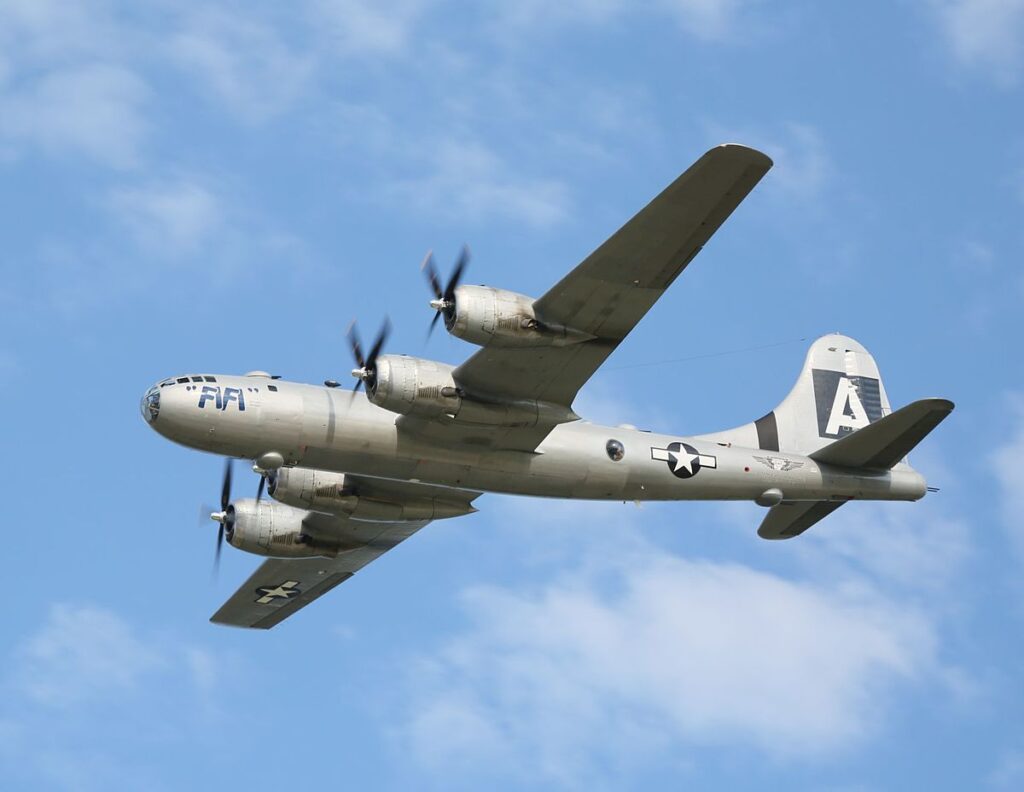
The Superfortress represented a significant revolution from other heavy bombers of its time. It could carry 20,000 pounds of bombs and fire at enemy aircraft from 2,000 miles away.
The best feature is that it had a twin unpressurized bomb compartment. This setup included a remote control system that allowed the commander and the waist and tail gunners to participate in sniper attacks. Undoubtedly, this technological innovation was truly remarkable for the 1940s.
Furthermore, the Superfortress was the first aircraft to transport nuclear bombs. On August 6, 1945, a B-29 unit named “Enola Gay” headed straight towards the Japanese city of Hiroshima, dropping an atomic weapon and entombing all of its path. Three days later, another aircraft delivered a second, even more catastrophic bomb to Nagasaki. These bombing raids were a forever daring reminder of the power of nuclear weapons, leaving an indelible scar on the two Japanese cities.
10. North American B-25 Mitchell
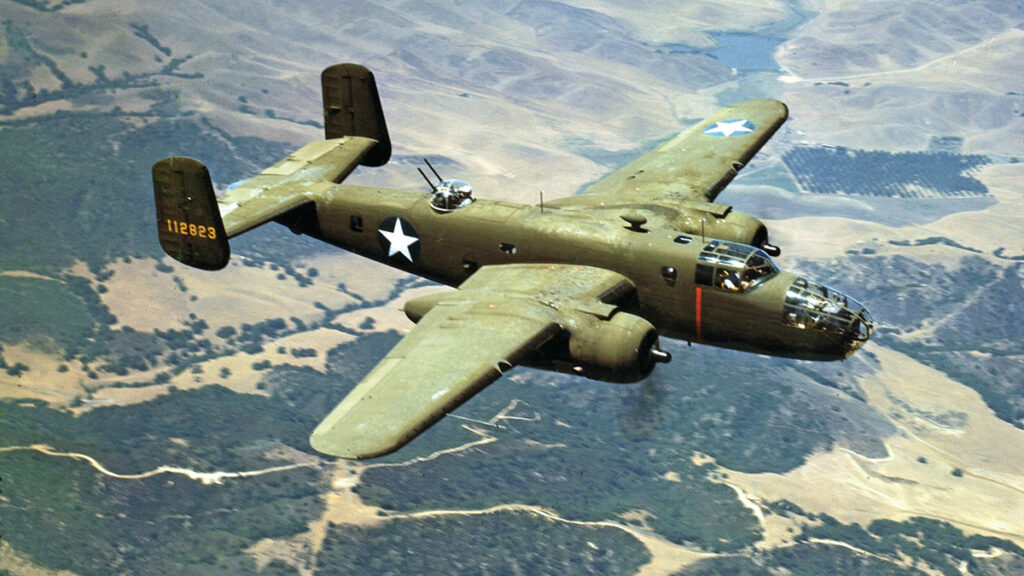
The B-25 Mitchell, a medium bomber, saw its first combat in 1941 and soon struck fear into the Japanese crews in the 1942 Doolittle Raid. Under the leadership of Lieutenant Colonel Jimmy Doolittle, a squadron of sixteen B-25s launched from aircraft carriers attacked the mainland of Japan. They successfully bypassed the world’s most formidable air defense system and put an end to the dark days of the Allies in the Pacific after continuous defeats.
Each plane carried fourteen .50 caliber machine guns that fired toward the bridges of Burma. Additionally, the maximum bomb load of up to 3,000 pounds was dropped to block the Japanese supply and reinforcement routes.
In addition, the B-25 was used for troop transport due to its large size (53 feet in length). It also provided close-range support and attacked Japanese ships and tanks.
11. Consolidated PBY-5 Catalina
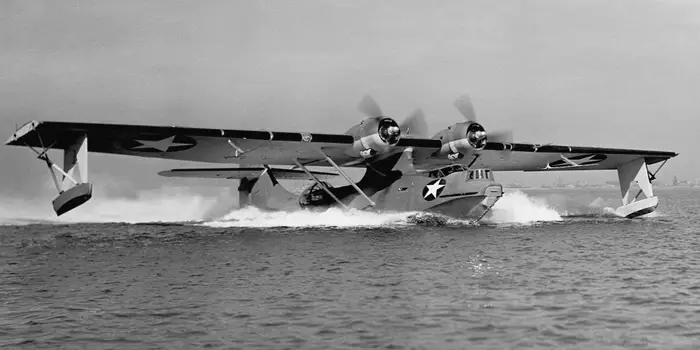
The Consolidated PBY-5 Catalina faced skepticism from aviation experts who deemed it obsolete. However, its performance during World War II proved them wrong. This model boasted a durable construction and an impressive range of 2,520 miles.
Hence, it served as a patrol aircraft, undertaking search and rescue missions and transporting goods. The Allied Forces also employed the PBY-5 Catalin for various unconventional purposes.
For example, it joined the battlefields with some patrol bombers, acting as the “eyes” of the fleet it supported. In late 1941, 6 PBY-5 Catalinas were selected for a bomb raid that targeted Japanese supply ships at Jolo Island.
However, its weapons and equipment were insufficient to gain an advantage over the Luftwaffe fighters. With a top speed of only about 196 mph, these Consolidated aircraft also struggled to escape intense bombardment.
12. Douglas SBD-6 Dauntless
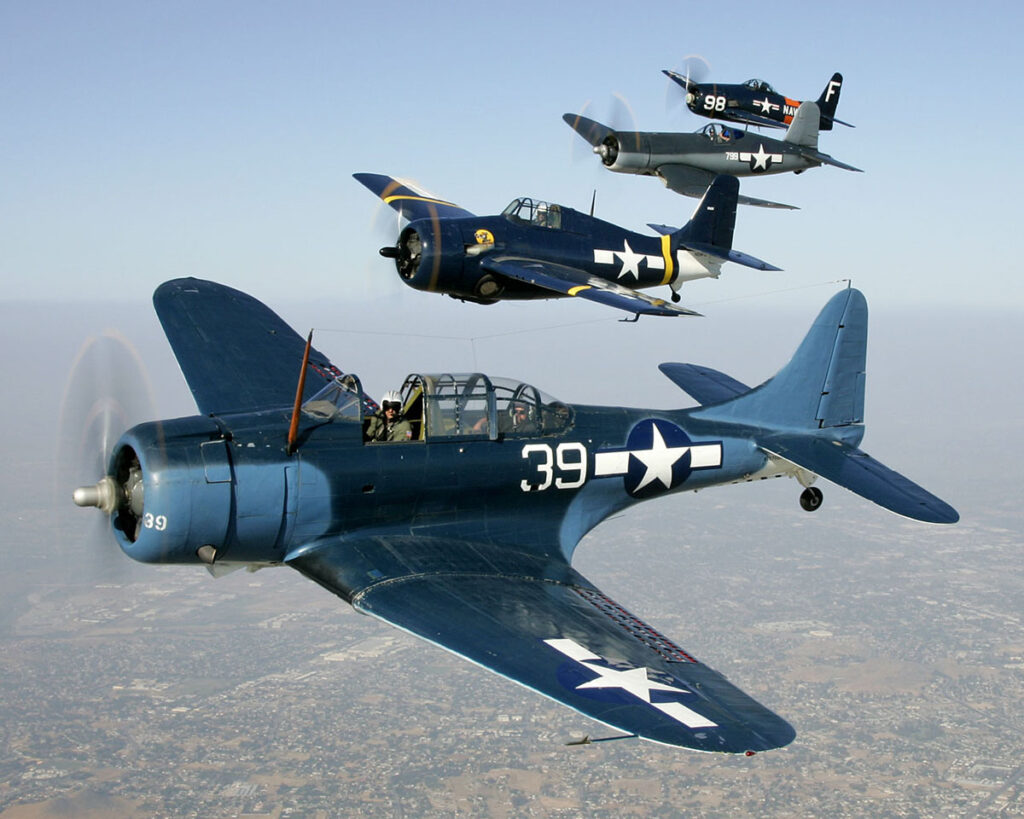
Renowned for its extended range, formidable dive-bombing capabilities, and excellent maneuverability, the SBD-6 Dauntless significantly impacted the course of World War II. It was famous for the fatal pumping attack on Japanese carriers during the Midway Battle in 1942.
Though inspired by the Northrop BT-1, this Douglas aircraft underwent substantial modifications to meet the Navy’s requirements. These enhancements included increased fuel capacity, self-sealing fuel tanks, and illuminated gun sights.
During the war, SBD Dauntless lived up to its moniker of “Slow But Deadly.” It took down 18 warships, including submarines and battleships, with a total mass of over 300,000 tons. In the Pacific region alone, it sank at least six enemy aircraft carriers.
13. Bell P-39 Airacobra
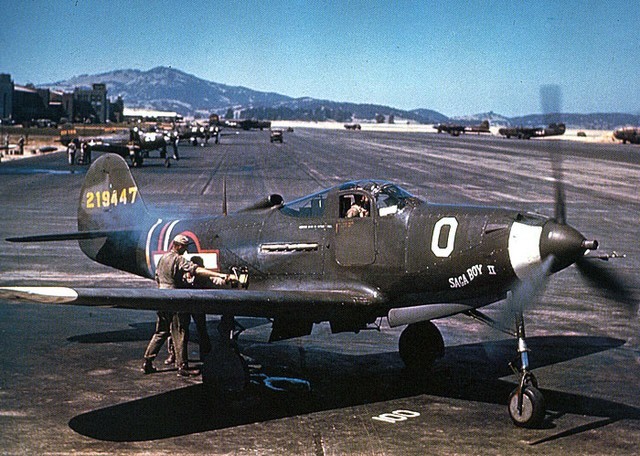
The P-39 Airacobra was born to meet the specific needs of the United States Army Air Corps, including high maneuverability, heavy firepower, and exceptional landing and takeoff qualities. It featured a distinctive design, with the engine in the middle of the fuselage and the cockpit at the rear. It was the first aircraft to be equipped with a tricycle landing gear.
The P-39Q was introduced to the USAAF during World War II in 1943. The 369th Fighter Group, responsible for training, deployed several of these units at three airfields in Washington state in three months from late August to November 1944.
Conclusion
World War 2 airplanes played a critical role in shaping the aerial victories of the Allied Forces. From advanced WW2 American fighter planes to carrier-based ones, they contribute to airspace protection and bombing campaigns. The ingenuity of American engineers and available industrial resources resulted in reliable machines that served more than just during times of war.
In the current era, these military planes are a testament to technological advancement and the modernism of the old era.
See more:

